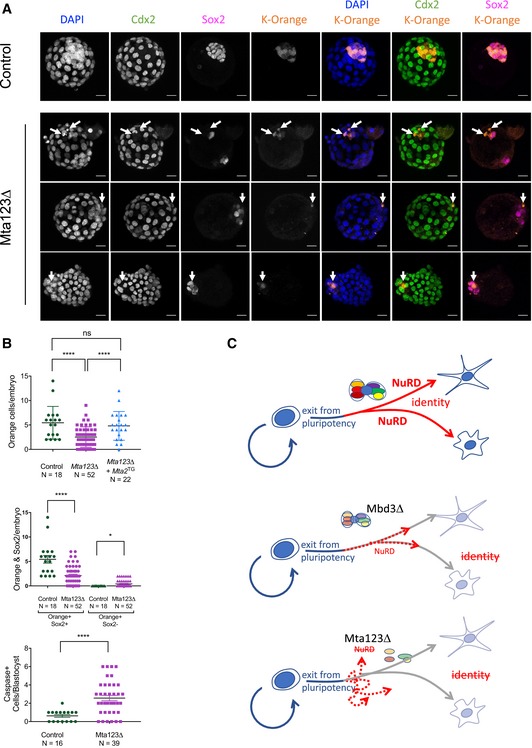Figure 6. NuRD‐null ES cells cannot contribute to normal embryonic development.

- Composite images of representative chimaeric embryos made with control (Mta1 Flox/− Mta2 +/+ Mta3 Flox/Flox) or Mta123∆ ES cells. ES‐derived cells express the Kusabira Orange fluorescent marker. Sox2 indicates epiblast cells and Cdx2 is expressed in trophectoderm cells. Arrows indicate examples of K‐Orange expressing cells in the mutant embryos. Scale bars = 20 μm.
- (Top) Number of K‐Orange expressing cells observed in chimaeric embryos obtained using control ES cells, Mta123∆ ES cells or Mta123∆ ES cells in which Mta2 was reintroduced on a constitutively expressed transgene (Mta123∆ + Mta2 TG). P‐values calculated using a two‐tailed t‐test. (Middle) Mean number of K‐Orange cells per embryo separated by Sox2 expression. P‐values calculated using a two‐tailed t‐test. (Bottom) Number of K‐Orange and Caspase‐3‐positive cells per embryo. P‐values calculated using a one‐tailed t‐test: *P < 0.05, ****P < 0.0001, “ns” = not significant.
- Model of NuRD function during differentiation of pluripotent cells. NuRD facilitates lineage commitment of ES cells after exit from pluripotency (red arrows), allowing cells to form differentiated cell types (Top). In the absence of Mbd3, residual NuRD activity ensures cells retain the appropriate differentiation trajectory, but the cells are unable to reach a differentiated cell fate (dotted red arrows; Middle). In the absence of all three MTA proteins, there is no residual NuRD activity and ES cells are unable to either achieve appropriate lineage commitment, or to maintain the proper differentiation trajectory (dotted arrows, Bottom).
